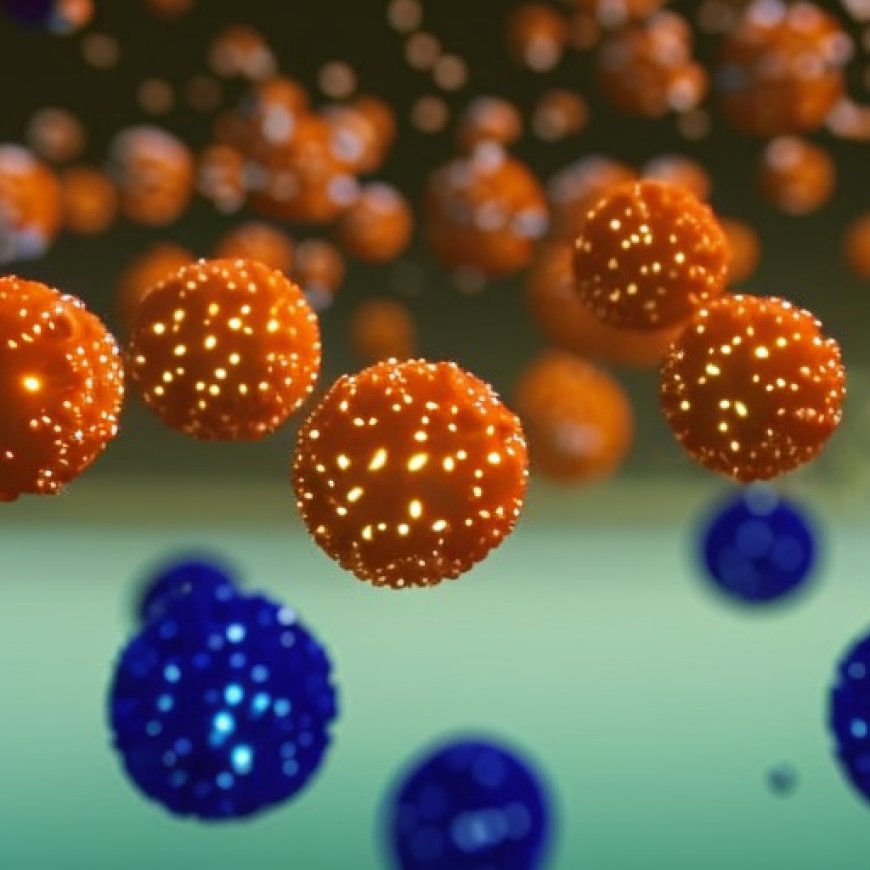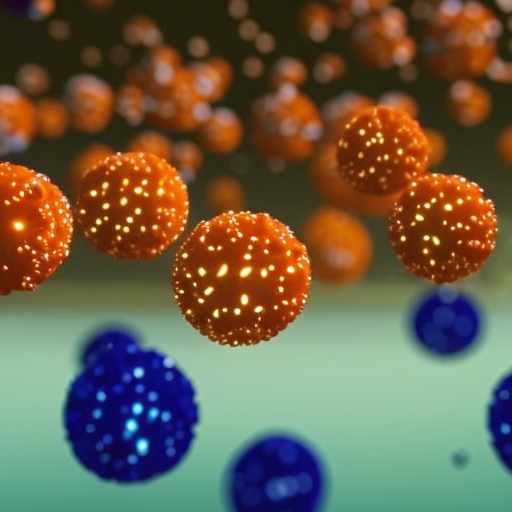Common Flame Retardant Alters the Epigenome of Aquatic Organisms | What is Epigenetics?
Common Flame Retardant Alters the Epigenome of Aquatic Organisms | What is Epigenetics? WhatIsEpigenetics.com


Flame Retardant Triphenyl Phosphate (TPhP) and its Epigenetic Effects on Aquatic Organisms

Flame retardants are ubiquitous chemicals added to numerous consumer products to prevent the spread of fire. While they are essential in enhancing fire safety, their widespread use has raised concerns about their environmental and health impacts. One such flame retardant, triphenyl phosphate (TPhP), has gained popularity as an alternative to previously restricted compounds. However, recent studies suggest that TPhP may pose risks to both aquatic ecosystems and human health through its potential to disrupt endocrine systems and alter gene expression.
Investigating the Epigenetic Effects of TPhP Exposure
In a study investigating the epigenetic effects of TPhP exposure, researchers examined its impact on embryonic cells derived from steelhead and rainbow trout, known for their relevance in aquatic toxicology and susceptibility to environmental pollutants. The study, published in the Journal of Applied Toxicology, aimed to explore how TPhP exposure influenced epigenetic modifications, particularly DNA methylation and histone modifications, which regulate gene expression.
DNA methylation and histone modifications are epigenetic processes that regulate gene expression without altering DNA sequences. Studying these changes is vital when investigating environmental hazards, as they provide insight into how pollutants affect gene activity, potentially leading to adverse health outcomes in exposed organisms.
Epigenetic Changes Induced by TPhP Exposure
The findings revealed that exposure to TPhP led to significant alterations in epigenetic markers in the trout cells. Notably, TPhP exposure was associated with reduced levels of histone H3 acetylation and H3K9 mono-methylation, along with decreased global DNA methylation. These changes suggest potential disruptions in gene expression regulation, which could have implications for the health and development of aquatic organisms.
Interestingly, the study found differential responses between embryonic cells and gill epithelial cells, highlighting the importance of considering cell type-specific susceptibility to environmental toxins. While embryonic cells showed significant alterations in epigenetic markers following TPhP exposure, gill epithelial cells exhibited fewer changes, suggesting varying susceptibilities to TPhP-induced epigenetic modifications.
Implications for Sustainable Development Goals (SDGs)
- SDG 3: Good Health and Well-being – The study highlights the potential long-term health consequences of TPhP exposure on both aquatic organisms and humans, emphasizing the need for further research into the broader toxicological consequences of TPhP exposure.
- SDG 14: Life Below Water – The findings underscore the importance of understanding the mechanisms by which TPhP disrupts epigenetic regulation in aquatic ecosystems and developing targeted risk assessment strategies to protect marine life.
- SDG 15: Life on Land – The study emphasizes the need to consider epigenetic mechanisms in assessing the safety of environmental chemicals to protect terrestrial ecosystems and biodiversity.
Conclusion
This study sheds light on the epigenetic impacts of TPhP exposure on aquatic organisms and highlights the importance of considering epigenetic mechanisms in assessing the safety of environmental chemicals. Further research is needed to elucidate the specific genes and pathways affected by TPhP-induced epigenetic changes and their potential implications for ecosystem health and human well-being.
Source: Germain L et. al.The flame retardant triphenyl phosphate alters the epigenome of embryonic cells in an aquatic in vitro model.J Appl Toxicol.February 2024.
SDGs, Targets, and Indicators
1. SDGs Addressed or Connected to the Issues Highlighted in the Article:
- SDG 3: Good Health and Well-being
- SDG 6: Clean Water and Sanitation
- SDG 14: Life Below Water
- SDG 15: Life on Land
2. Specific Targets Under Those SDGs Based on the Article’s Content:
- SDG 3.9: By 2030, substantially reduce the number of deaths and illnesses from hazardous chemicals and air, water, and soil pollution and contamination.
- SDG 6.3: By 2030, improve water quality by reducing pollution, eliminating dumping, and minimizing release of hazardous chemicals and materials.
- SDG 14.1: By 2025, prevent and significantly reduce marine pollution of all kinds, particularly from land-based activities, including marine debris and nutrient pollution.
- SDG 15.1: By 2020, ensure the conservation, restoration, and sustainable use of terrestrial and inland freshwater ecosystems and their services.
3. Indicators Mentioned or Implied in the Article:
- Epigenetic alterations in embryonic cells and gill epithelial cells due to TPhP exposure.
- Changes in histone modifications (histone H3 acetylation and H3K9 mono-methylation) and global DNA methylation patterns.
- Potential disruptions in gene expression regulation.
- Varying susceptibilities to TPhP-induced epigenetic modifications in different cell types.
Table: SDGs, Targets, and Indicators
| SDGs | Targets | Indicators |
|---|---|---|
| SDG 3: Good Health and Well-being | Target 3.9: By 2030, substantially reduce the number of deaths and illnesses from hazardous chemicals and air, water, and soil pollution and contamination. | – Epigenetic alterations in embryonic cells and gill epithelial cells due to TPhP exposure. – Potential disruptions in gene expression regulation. |
| SDG 6: Clean Water and Sanitation | Target 6.3: By 2030, improve water quality by reducing pollution, eliminating dumping, and minimizing release of hazardous chemicals and materials. | – Epigenetic alterations in embryonic cells and gill epithelial cells due to TPhP exposure. – Changes in histone modifications and global DNA methylation patterns. |
| SDG 14: Life Below Water | Target 14.1: By 2025, prevent and significantly reduce marine pollution of all kinds, particularly from land-based activities, including marine debris and nutrient pollution. | – Epigenetic alterations in embryonic cells and gill epithelial cells due to TPhP exposure. – Potential disruptions in gene expression regulation. |
| SDG 15: Life on Land | Target 15.1: By 2020, ensure the conservation, restoration, and sustainable use of terrestrial and inland freshwater ecosystems and their services. | – Epigenetic alterations in embryonic cells and gill epithelial cells due to TPhP exposure. – Changes in histone modifications and global DNA methylation patterns. |
Behold! This splendid article springs forth from the wellspring of knowledge, shaped by a wondrous proprietary AI technology that delved into a vast ocean of data, illuminating the path towards the Sustainable Development Goals. Remember that all rights are reserved by SDG Investors LLC, empowering us to champion progress together.
Source: whatisepigenetics.com

Join us, as fellow seekers of change, on a transformative journey at https://sdgtalks.ai/welcome, where you can become a member and actively contribute to shaping a brighter future.







